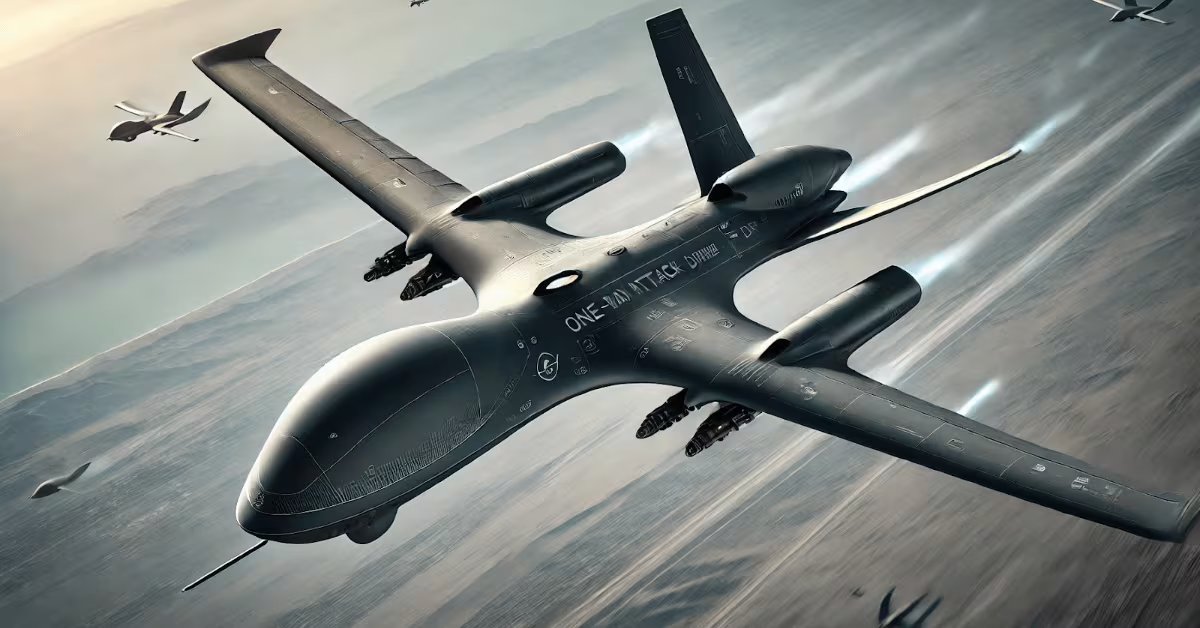DUBAI, United Arab Emirates — Though the aerospace sector is working to recover — with the first airshow here in two years — not all companies are moving at the same pace, according to the head of the Aerospace Industries Association.
Defense News caught up with Eric Fanning, whose group represents aerospace companies large and small, in the commercial market and in defense, to talk about how the recovery has gone and the path forward.
This interview was edited for length and clarity.
The Defense Department offered financial support to the defense industry early on in the pandemic. Is the industry expecting payments at this elevated level to continue?
COVID-19 hit the civil aviation side hard because people stopped flying so the airliners stopped buying from the manufacturers. There are number of things that went into effect quickly to protect the supply chain of the industrial base. First is that it’s a shared supply chain so a lot of the companies of the supply chain have a commercial side and a defense side. Since defense was still operating and money was still flowing, the Department of Defense was still buying, that money kept running through the supply chain and helped those companies that were being hurt because their commercial side was going down. The big companies also leaned forward and purchased extra parts, extra inventory in order to keep the supply chain functioning and moving through COVID.
While we worked through some government programs, the jobs program, which is the government paying parts of the salary to some workers who aren’t working, the big companies filling their warehouses with inventory was a part of the strategy to make sure the supply chain stayed whole for the first year.
What were some major spare parts orders that came in from the services since early 2020? And more specifically, what spares did the Navy purchase for its aircraft fleet? Or did the services miss a big opportunity?
The department was a great partner in this. It moved very quickly to expedite payments to keep the industrial base whole. There is no efficient way to do that by targeting individual companies; you just want to keep the whole system working.
So they did lean forward to payments for the prime contractors and then the primes will move forward to push their supply chain. From what we hear from our members, large and small members, that worked very well. And yes, the big companies would like to keep that accelerated payment going because we are not out of COVID yet. We are seeing the impact of COVID even 18 months later. We don’t know when it will ever end, and we have the pending impacts of the vaccine mandate as well so the prime contractors are hoping that the department will continue to accelerate the payment structure.
It is also helpful that Congress continues to fund the Department of Defense at a stable level. The Biden administration came in at a relatively stable budget, which is good for industry to plan around, which is good to help support the commercial side of the house that is still struggling. Congress looks like it is actually going to pass that budget and has defeated attempts to cut the defense budget so that’s helpful as well. It’s not just the Pentagon is accelerating payments; it’s also that there is a good stable budget that industry can plan around.
Compared to earlier years, we noticed an increased number of Russian aircraft at this Dubai Airshow and a decrease in the number of U.S. aircraft. Why is this?
We still have more planes here. I think that the issue is that this is the first airshow in two years coming after COVID, so everyone is kind of ramping up at different schedules. What we see here is a big U.S. commitment in terms of the companies and not just military platforms, but the U.S. military leadership that’s been here. There is a pretty strong U.S. presence here — military and industry. As we continue to emerge from COVID, hopefully next year at the Farnborough show, you will see an increased presence there.
Russia brought its Checkmate aircraft, while the U.S. brought only a mockup of the F-35.
The military makes those decisions on which platforms they send to the airshow; we help coordinate that and usually decisions are not made until last minute. I don’t think that the platforms you see here relate directly to the commitment of the United States to the Middle East or to the United Arab Emirates.
How do you see the Middle East market potential for defense after the pandemic?
It is a very important market. The UAE in particular are strong allies here, and it’s in everyone’s interest when we are training with, fighting with shared interoperable platforms. So I think that the presence we see here — industry, military, and platforms — is indicative of this market for the United States.
Agnes Helou was a Middle East correspondent for Defense News. Her interests include missile defense, cybersecurity, the interoperability of weapons systems and strategic issues in the Middle East and Gulf region.








